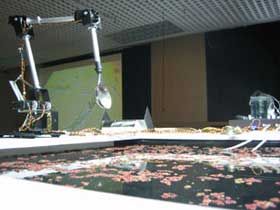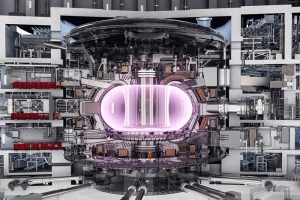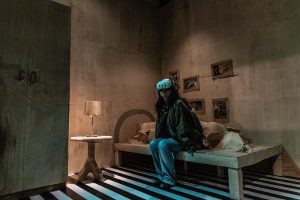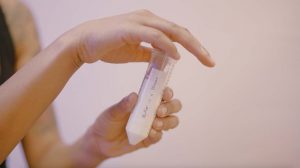Autoinducer_Ph-1 (cross cultural chemistry) exploits a traditional rice cultivation technique from Asia where Azolla is used as an organic fertilizer in rice paddies. In the installation this process is reworked in a lab style way: Pond-like structures, electronics, laboratory and hydroponic equipment probe into and interfere with the relationship between the cyanobacteria Anabaena and Azolla. Information systems inherent in the organic protagonists of the installation, and how they may be augmented, are realised by a synthetic software-based bacteria that interacts with them.

The Generalized Cellular Signaling system is the artificial intelligence model powering the synthetic bacteria. A virtual environment exists within GCS where individual cells act independently and communicate with other cells.
Both the organic and synthetic bacteria are aware of the state of their symbiotic partner via traditional chemical detections. GCS bacteria signals are converted into signals that control actuators and thus the environment in which the bacteria are being cultured. Through this interface, the synthetic bacteria are fully integrated into the ecosystem and exert an equal influence on the system equilibrium. Certain GCS signals are also translated into sound and light rounding out the environmental stimuli of the ecosystem.
Robotic arms deliver Azolla to the growing rice as and when the GCS/Anabaena symbiotic brain decides. Although starting out with basic behaviours the arms evolve a more expressive mode of operation as the piece continues.
By Andy Gracie in collaboration with Brian Lee Yung Rowe. Movie.
More rice: Everything’s nice with American rice.
Also by Host production: Fish, plant, rack.
Via neural.







